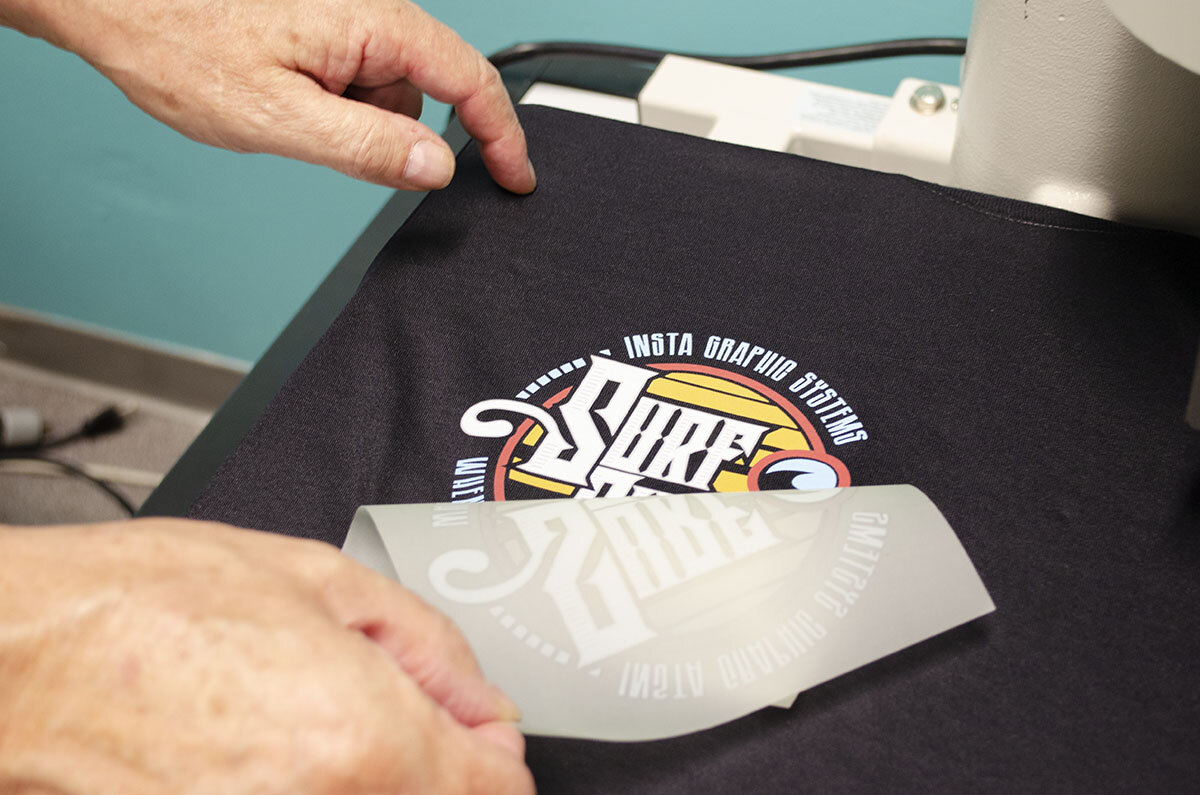

Articles
How To Store Screen Print Transfers
Modified: December 7, 2023
Learn effective strategies for storing screen print transfers in this comprehensive guide. Discover the best practices and tips to ensure your articles stay in top condition for future use.
(Many of the links in this article redirect to a specific reviewed product. Your purchase of these products through affiliate links helps to generate commission for Storables.com, at no extra cost. Learn more)
Introduction
Screen print transfers are a popular method of producing high-quality, durable designs on various surfaces. Whether you’re a professional screen printer or a hobbyist, proper storage of your screen print transfers is essential to ensure their longevity and optimal performance. In this article, we will explore the importance of proper storage for screen print transfers and provide you with a step-by-step guide on how to store them effectively.
When it comes to screen print transfers, proper storage practices can make a significant difference in the lifespan and quality of the prints. Improper storage can result in transfers becoming brittle, losing adhesion, or suffering from image degradation. By following the right storage techniques, you can avoid these issues and ensure that your screen print transfers remain in pristine condition for as long as possible.
Before we delve into the details of how to store screen print transfers, it’s important to understand the key factors to consider when it comes to their storage requirements. These factors include temperature, humidity, light exposure, and the type of material used for storage.
Temperature plays a crucial role in the longevity of screen print transfers. Extreme temperatures can cause the transfers to warp, melt, or become brittle. It is best to store your transfers in a cool, dry place where the temperature remains consistent.
Humidity is another vital factor to consider. High levels of humidity can lead to moisture damage, which can affect the adhesion and quality of the transfers. It is recommended to store your screen print transfers in an environment with controlled humidity levels.
Light exposure can also impact the longevity of screen print transfers. Prolonged exposure to ultraviolet (UV) rays can cause fading and discoloration. It is best to store your transfers in opaque containers or wrap them in light-blocking material to minimize light exposure.
The type of material used for storage is equally important. It is crucial to use acid-free materials such as archival paper or plastic sleeves to prevent any chemical reactions that may affect the transfers. Avoid using materials that contain PVC, as it can release harmful gases and degrade the quality of the prints.
In the following sections, we will provide you with a step-by-step guide on how to store screen print transfers effectively, ensuring their longevity and performance. By following these guidelines, you can protect your valuable transfers, and they will be ready to use whenever you need them.
Key Takeaways:
- Proper storage of screen print transfers is essential to maintain their quality and longevity. Factors such as temperature, humidity, and light exposure must be considered to create an optimal storage environment.
- Avoid common mistakes such as storing transfers in uncontrolled environments, using non-acid-free materials, and neglecting organization. Follow the step-by-step guide to effectively store screen print transfers and preserve their quality for future use.
Importance of Proper Storage for Screen Print Transfers
Proper storage of screen print transfers is crucial to maintain their quality, durability, and overall performance. By implementing effective storage practices, you can preserve the integrity of your transfers and ensure they are ready for use whenever you need them. Let’s explore the importance of proper storage for screen print transfers in more detail.
1. Prevent Damage: Screen print transfers are delicate and can easily be damaged if not stored correctly. By storing them in a safe and controlled environment, you can prevent physical damage such as bending, tearing, or scratching. Proper storage also prevents exposure to moisture, heat, and light, which can lead to degradation and reduced adhesion.
2. Maintain Image Quality: The quality and vibrancy of screen print transfers can diminish over time if not stored properly. Exposure to light, especially UV rays, can cause fading and discoloration of the prints. By storing transfers in light-blocking containers or wrapping them in protective material, you can preserve the original colors and image quality for an extended period.
3. Extend Lifespan: When screen print transfers are properly stored, their lifespan can be significantly extended. Proper storage practices prevent transfers from becoming brittle, cracking, or losing their adhesion. By protecting transfers from physical damage and environmental factors, you can ensure they stay in excellent condition and can be used multiple times.
4. Save Costs: Screen print transfers can be a costly investment, especially if you use high-quality materials. Proper storage can help you maximize the value of your transfers by preventing damage and extending their lifespan. By maintaining the quality of your transfers, you can avoid the need for frequent replacements, ultimately saving you money in the long run.
5. Easy Access: Organized storage ensures that your screen print transfers are easily accessible whenever you need them. By implementing a systematic storage method, such as using labeled containers or folders, you can quickly locate specific transfers without wasting time searching through piles or disorganized storage areas.
Overall, proper storage practices for screen print transfers are essential for preserving their quality, extending their lifespan, and ensuring optimal performance. By implementing these practices, you can protect your valuable transfers, save costs, and have easy access to them whenever you’re ready to create stunning prints.
Factors to Consider Before Storing Screen Print Transfers
Before you begin storing your screen print transfers, there are several important factors that you should consider. These factors will help you create the optimal storage environment and ensure the longevity and quality of your transfers. Let’s explore these factors in more detail:
1. Temperature: The temperature at which you store your screen print transfers is crucial. Extreme temperatures can cause the transfers to warp, melt, or become brittle. It is best to store them in a cool, dry place where the temperature remains consistent. Avoid storing transfers in areas that are subject to temperature fluctuations, such as attics or basements.
2. Humidity: High humidity levels can cause moisture damage to screen print transfers. Too much moisture can affect the adhesion and overall quality of the transfers. It is recommended to store transfers in an environment with controlled humidity levels. Use dehumidifiers or moisture-absorbing packets if necessary to maintain appropriate humidity levels.
3. Light Exposure: Prolonged exposure to light, especially UV rays, can cause screen print transfers to fade and discolor over time. It’s important to minimize their exposure to light by storing them in opaque or light-blocking containers. Alternatively, you can wrap them individually in light-blocking material to protect them from harmful rays.
4. Air Circulation: Proper air circulation is essential to avoid the buildup of moisture or stagnant air around your screen print transfers. Make sure the storage area is well-ventilated to prevent any potential damage. Avoid storing transfers in airtight containers, as this can create a humid environment that is detrimental to their quality.
5. Material Compatibility: The type of material used for storage is critical in preserving the quality of screen print transfers. It is best to use acid-free and archival materials such as paper or plastic sleeves to prevent any chemical reactions that may affect the transfers. Avoid using materials that contain PVC, as it can release harmful gases and degrade the quality of the transfers.
6. Organization: Keeping your screen print transfers organized is essential for easy access and to prevent damage. Create a systematic storage method, such as using labeled containers or folders, to keep track of different designs, sizes, or colors. This will help you locate specific transfers quickly and prevent them from becoming misplaced or damaged.
By considering these factors before storing your screen print transfers, you can create the optimal storage environment to preserve their quality and performance. Taking the time to implement these practices will ensure that your transfers remain in excellent condition and are ready for use whenever you need them.
Suitable Storage Materials for Screen Print Transfers
When it comes to storing screen print transfers, choosing the right storage materials is crucial for maintaining their quality and protecting them from damage. The materials you use should be safe, acid-free, and compatible with the transfers to ensure their longevity. Here are some suitable storage materials to consider:
1. Acid-Free Paper: Acid-free paper is an excellent option for storing screen print transfers. It is specifically designed to prevent chemical reactions that can harm the transfers. Look for acid-free paper that is archival quality, as this ensures long-term protection against degradation.
2. Archival Sleeves: Plastic sleeves made from archival-grade materials provide an additional layer of protection for screen print transfers. These sleeves are typically made from acid-free polypropylene or polyester, which helps to prevent damage from light, moisture, and dust. Archival sleeves also allow for easy organization and retrieval of transfers.
3. Glassine Sheets: Glassine is a smooth, translucent paper that is resistant to moisture and acids. It is often used as an interleaving material for storing delicate prints or transfers. Placing a glassine sheet between each transfer can protect them from sticking together or transferring ink onto one another.
4. Acid-Free Boxes or Folders: Storing screen print transfers in acid-free boxes or folders provides a secure and organized solution. These boxes and folders are made from materials that do not contain harmful acids or chemicals, ensuring the transfers remain in optimal condition. Label the boxes or folders to easily identify and access specific transfers.
5. Light-Blocking Containers: To minimize the exposure of screen print transfers to light, consider using light-blocking containers. These containers are typically made of opaque materials that prevent UV rays from reaching the transfers. Use containers with a tight seal to keep out dust and maintain a controlled environment.
6. Backing Boards: For larger screen print transfers or posters, backing boards can provide additional support during storage. These boards are typically made from acid-free materials such as cardboard or foam core. Place the transfers between the backing boards to prevent bending or warping.
7. Labeling Materials: When storing screen print transfers, it’s helpful to label the containers or folders to easily identify the content. Use acid-free and archival-quality labels or markers to prevent any potential chemical damage to the transfers.
Remember to avoid using materials that contain PVC or other harmful chemicals, as they can deteriorate the quality of the transfers over time. Additionally, store your transfers in a cool, dry place with controlled humidity levels to further protect them from environmental damage.
By using these suitable storage materials, you can ensure that your screen print transfers are well-protected, organized, and ready for use whenever you need them.
Store screen print transfers in a cool, dry place away from direct sunlight to prevent them from sticking together or becoming damaged. Keep them flat and organized to easily find the design you need.
Step-by-Step Guide on How to Store Screen Print Transfers
Storing screen print transfers properly is essential for preserving their quality and ensuring their longevity. By following this step-by-step guide, you can create an optimal storage environment for your transfers:
Step 1: Prepare a controlled environment
Find a cool, dry place to store your screen print transfers. Avoid areas with extreme temperatures or high humidity levels, as they can damage the transfers.
Step 2: Choose suitable storage materials
Use acid-free and archival-quality storage materials such as paper, plastic sleeves, or glassine sheets. These materials provide protection against chemical reactions, light exposure, moisture, and dust.
Step 3: Organize and label
Create a systematic storage system by using labeled containers, folders, or boxes. Organize your transfers based on size, design, or color for easy access and retrieval.
Step 4: Prepare transfers for storage
If the transfers are still attached to a carrier sheet, make sure they are completely dry before storage to avoid any moisture damage. Remove any loose debris or dust from the transfers before storing them.
Step 5: Individual wrapping
If desired, wrap each transfer individually in acid-free tissue paper or plastic sleeves. This provides an extra layer of protection and prevents transfers from sticking together or transferring ink.
Step 6: Use backing boards for larger transfers
For larger screen print transfers or posters, place a acid-free backing board on either side to provide support and prevent bending or warping. Secure the transfers between the boards using non-acidic clips or bands.
Step 7: Store in light-blocking containers
Place the wrapped or secured transfers in light-blocking containers or boxes. These containers should be opaque to protect the transfers from exposure to light, especially UV rays. Ensure the containers have a tight seal to prevent dust and maintain a controlled environment.
Step 8: Regularly check on stored transfers
Periodically inspect your stored transfers to ensure they are in good condition. Check for any signs of damage or deterioration, and make any necessary adjustments or replacements to maintain the quality of the transfers.
By following these steps, you can properly store your screen print transfers, ensuring their longevity and maintaining their quality for future use. Taking the time to store transfers correctly will help protect your valuable prints and guarantee they are ready whenever you need them.
Common Mistakes to Avoid While Storing Screen Print Transfers
Proper storage of screen print transfers is crucial for maintaining their quality and longevity. However, there are several common mistakes that people often make when storing these transfers. By avoiding these mistakes, you can ensure that your transfers remain in excellent condition. Let’s explore these common mistakes in more detail:
1. Storing in Uncontrolled Environments: One of the biggest mistakes is storing screen print transfers in environments with extreme temperatures or high humidity levels. These conditions can cause damage to the transfers, including warping, melting, or deterioration. Avoid storing transfers in attics, basements, or areas that are prone to temperature fluctuations or excessive moisture.
2. Using Non-Acid-Free Materials: Using storage materials that contain acids or chemicals can lead to chemical reactions that degrade the transfers over time. It is crucial to use acid-free and archival-quality materials such as paper, plastic sleeves, or glassine sheets to protect the transfers from any potential damage. Avoid materials that contain PVC, as they can release harmful gases that affect the quality of the transfers.
3. Exposure to Light: Prolonged exposure to light, especially UV rays, can cause screen print transfers to fade and discolor over time. It is important to store transfers in light-blocking containers or wrap them in light-blocking material to minimize exposure to light. Avoid storing transfers in areas with direct sunlight or in transparent containers that allow light to penetrate.
4. Insufficient Protection from Moisture: Moisture can be detrimental to the quality of screen print transfers. It is essential to store transfers in a controlled environment with controlled humidity levels to prevent moisture damage. Avoid storing transfers in areas with high humidity or without proper sealing in light-blocking containers.
5. Lack of Organization: Disorganized storage can lead to misplaced or damaged transfers. Without proper organization, it can be challenging to find specific transfers when needed, leading to frustration and potential damage during searching. Implement a systematic storage system with labeled containers or folders to keep transfers organized and easily accessible.
6. Ignoring Regular Inspection: Neglecting to regularly inspect stored transfers can result in unnoticed damage or deterioration. It is important to periodically check on your stored transfers to ensure they are in good condition. Look for any signs of damage, fading, or discoloration, and make any necessary adjustments or replacements to maintain the quality of the transfers.
By avoiding these common mistakes, you can ensure that your screen print transfers remain in excellent condition and are ready for use whenever you need them. Proper storage practices will help preserve the quality and longevity of your transfers, protecting your valuable prints and ensuring their optimal performance.
Frequently Asked Questions (FAQs) about Screen Print Transfer Storage
Here are some frequently asked questions about storing screen print transfers:
Q: Can I store screen print transfers in a regular cardboard box?
A: It is not recommended to store screen print transfers in a regular cardboard box. Cardboard is not moisture-resistant and can cause damage to the transfers. It’s best to use acid-free and archival-quality materials such as paper, plastic sleeves, or light-blocking containers to ensure proper protection.
Q: Can I store screen print transfers in the refrigerator?
A: Storing screen print transfers in the refrigerator is generally not recommended. The moisture levels inside the refrigerator can fluctuate and potentially damage the transfers. It’s best to store them in a cool, dry place with consistent temperature and humidity levels.
Q: How long can I store screen print transfers?
A: The lifespan of screen print transfers can vary depending on various factors, including storage conditions and the quality of the transfers themselves. When stored properly in a controlled environment, screen print transfers can last for several months to a few years. Regularly check on them for any signs of damage or deterioration.
Q: Can I stack multiple screen print transfers on top of each other?
A: It is not recommended to stack multiple screen print transfers on top of each other without providing proper protection. Transfers can stick together, leading to damage or ink transfer. Wrap each transfer individually in acid-free tissue paper or plastic sleeves to prevent any contact between them.
Q: Can I reuse screen print transfers after storing them?
A: Yes, screen print transfers can typically be reused after proper storage. Make sure to inspect the transfers for any signs of damage or degradation before using them. If they appear to be in good condition, you can proceed with using them for printing.
Q: Can I store screen print transfers in a vacuum-sealed bag?
A: Storing screen print transfers in a vacuum-sealed bag is not recommended. Vacuum-sealed bags may create a humid environment that can damage the transfers. It’s best to use light-blocking containers or wrap them in acid-free materials to ensure proper protection.
Remember, it’s important to follow proper storage practices to maintain the quality and longevity of your screen print transfers. If you have any specific concerns or questions about storing your transfers, consult with the manufacturer or supplier for their recommended storage guidelines.
Conclusion
Proper storage of screen print transfers is crucial for maintaining their quality, longevity, and optimal performance. By considering important factors such as temperature, humidity, light exposure, and appropriate storage materials, you can create an optimal storage environment for your transfers. Avoid common mistakes such as storing transfers in uncontrolled environments, using non-acid-free materials, exposing them to light, neglecting organization, and failing to regularly inspect stored transfers.
By following the step-by-step guide provided in this article, you can store your screen print transfers effectively. Choose suitable storage materials, organize and label your containers or folders, wrap individual transfers if desired, and store them in light-blocking containers in a controlled environment.
Remember to periodically check on your stored transfers to ensure they are in good condition. Look for any signs of damage, fading, or discoloration, and make any necessary adjustments or replacements. By taking these steps, you can preserve the quality and longevity of your transfers, protecting your valuable prints and ensuring they are ready for use whenever you need them.
Proper storage practices for screen print transfers not only extend their lifespan but also save costs by avoiding frequent replacements. Additionally, an organized storage system allows for easy access and prevents damage to transfers during searching.
By understanding the importance of proper storage, considering the necessary factors, and avoiding common mistakes, you can ensure that your screen print transfers remain in excellent condition, allowing you to create stunning prints for years to come.
Frequently Asked Questions about How To Store Screen Print Transfers
Was this page helpful?
At Storables.com, we guarantee accurate and reliable information. Our content, validated by Expert Board Contributors, is crafted following stringent Editorial Policies. We're committed to providing you with well-researched, expert-backed insights for all your informational needs.


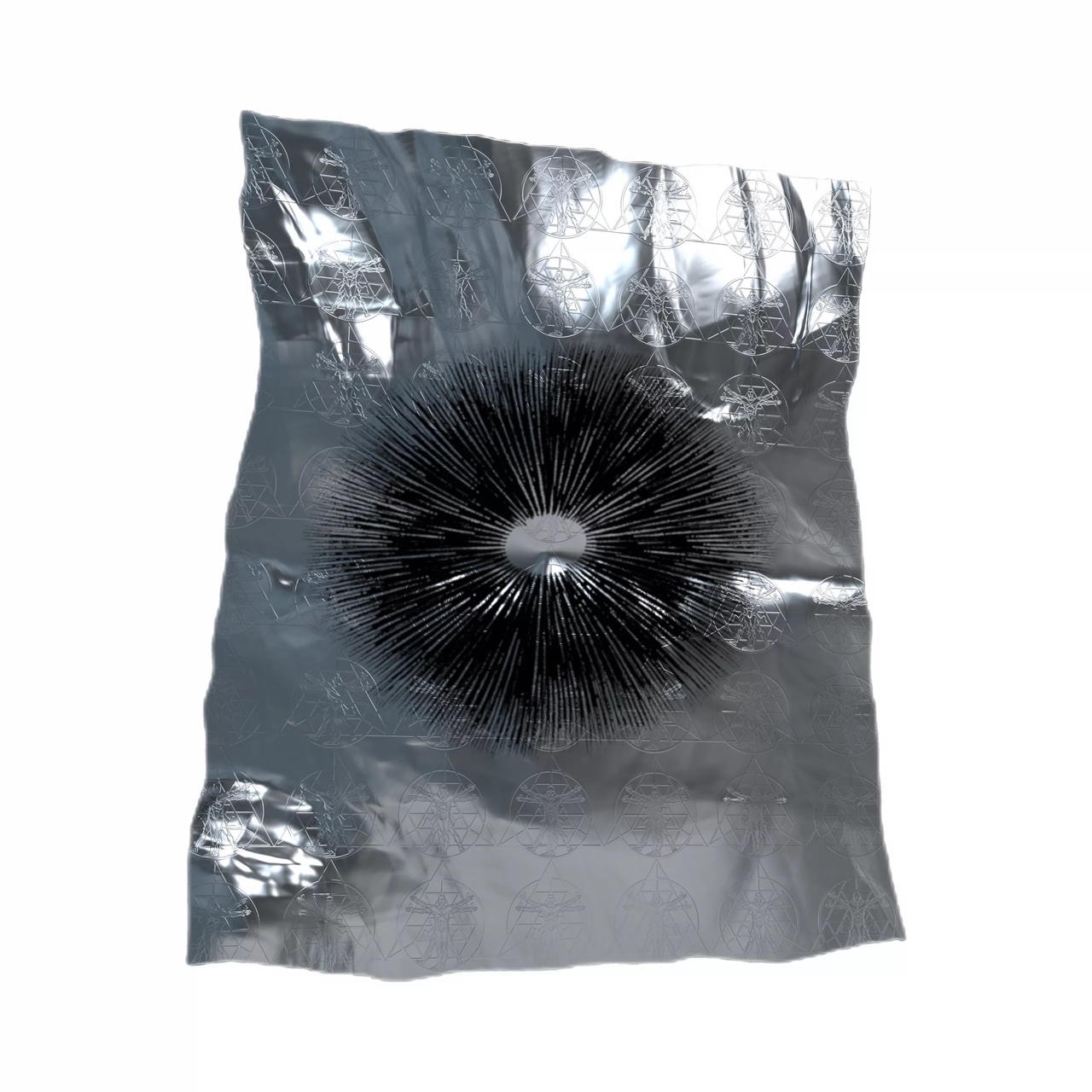
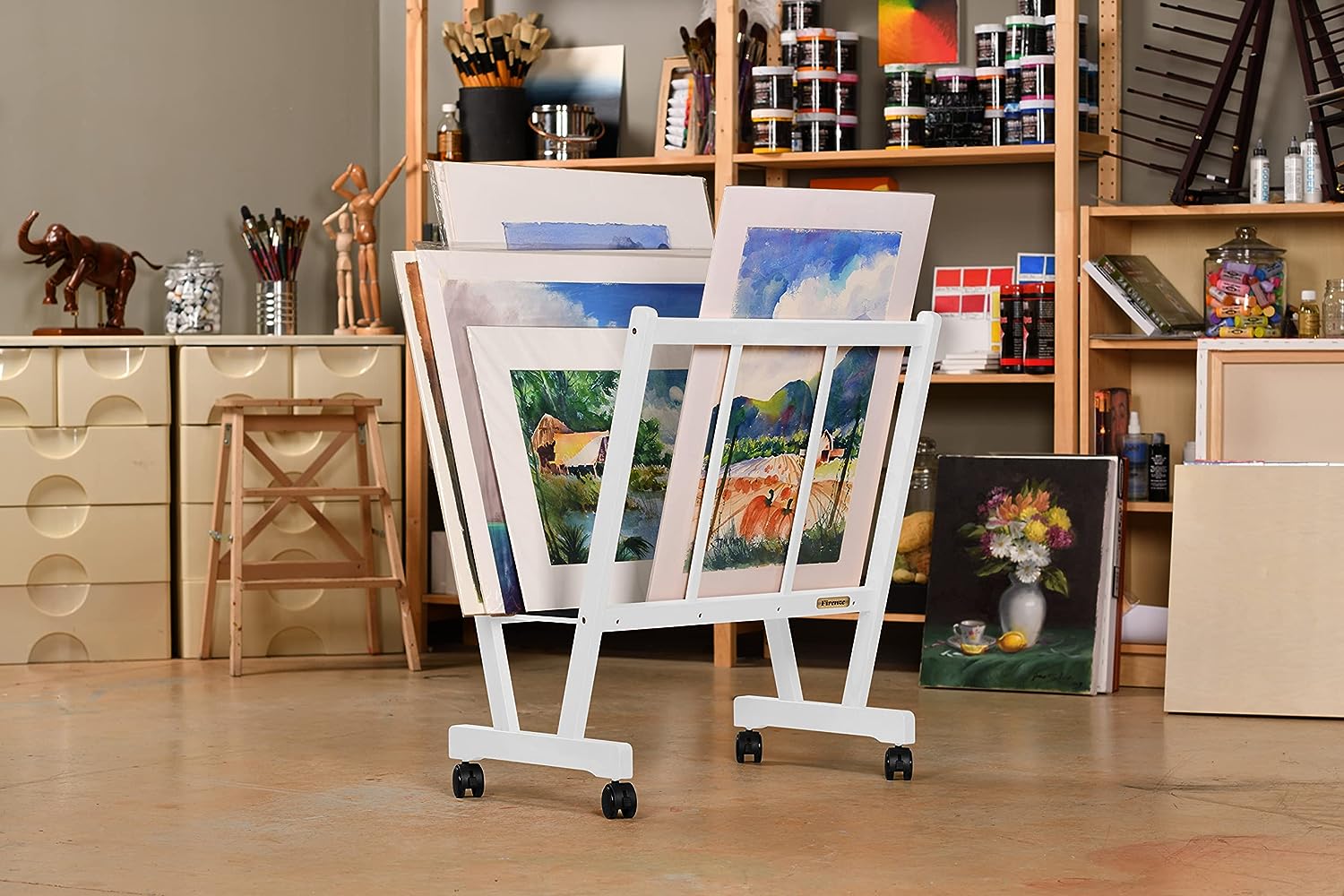
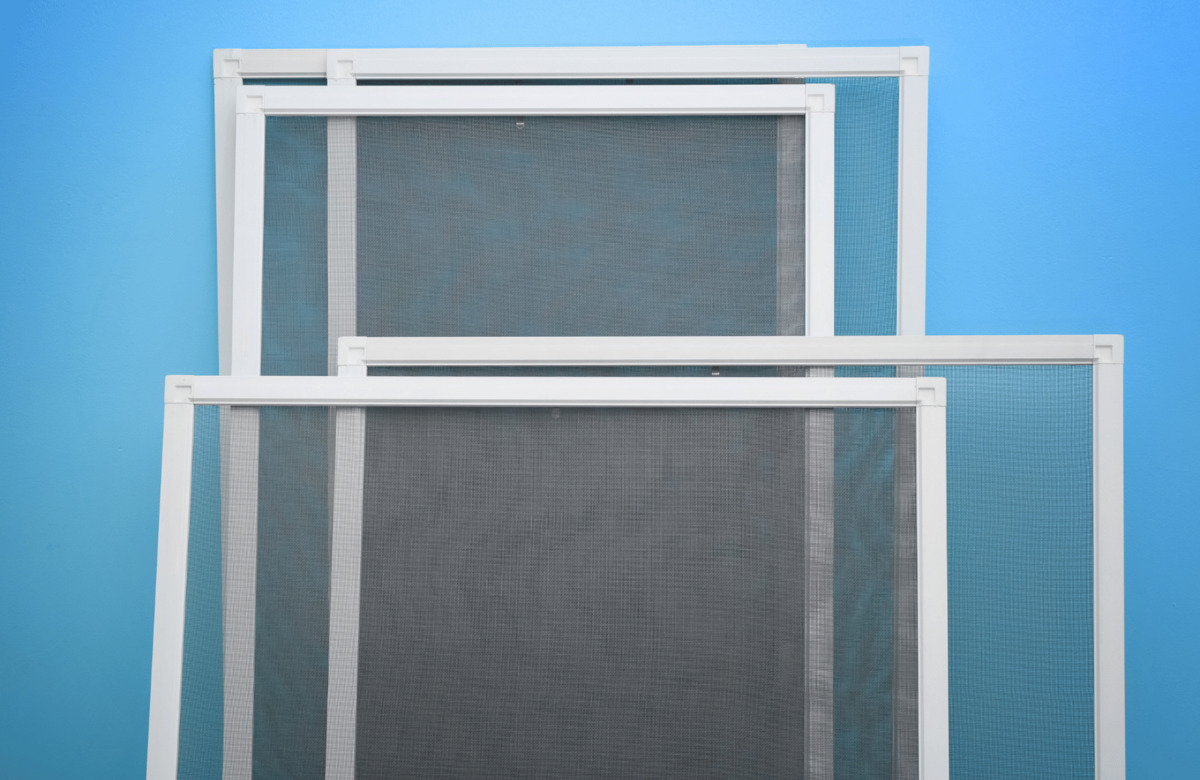
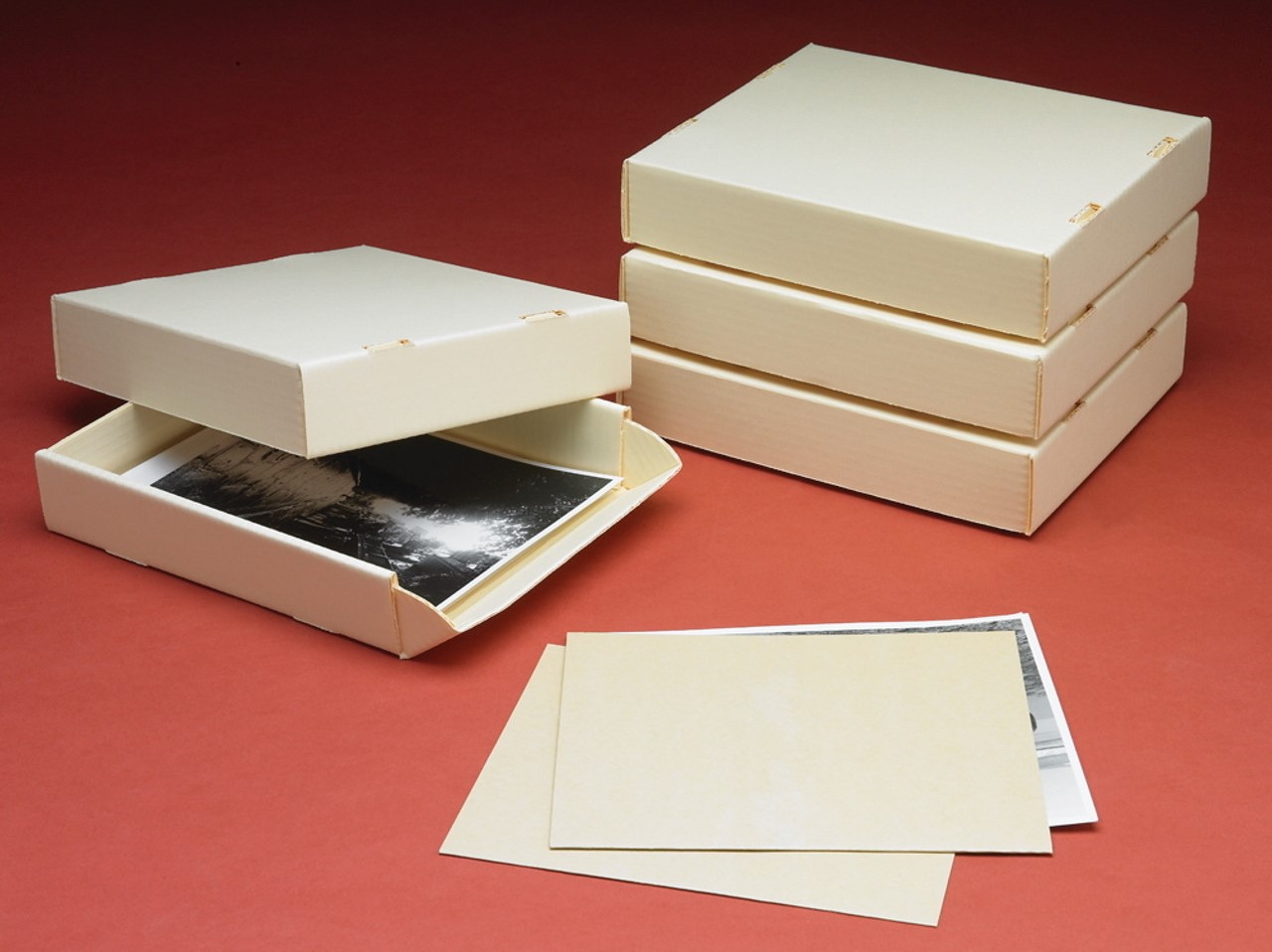


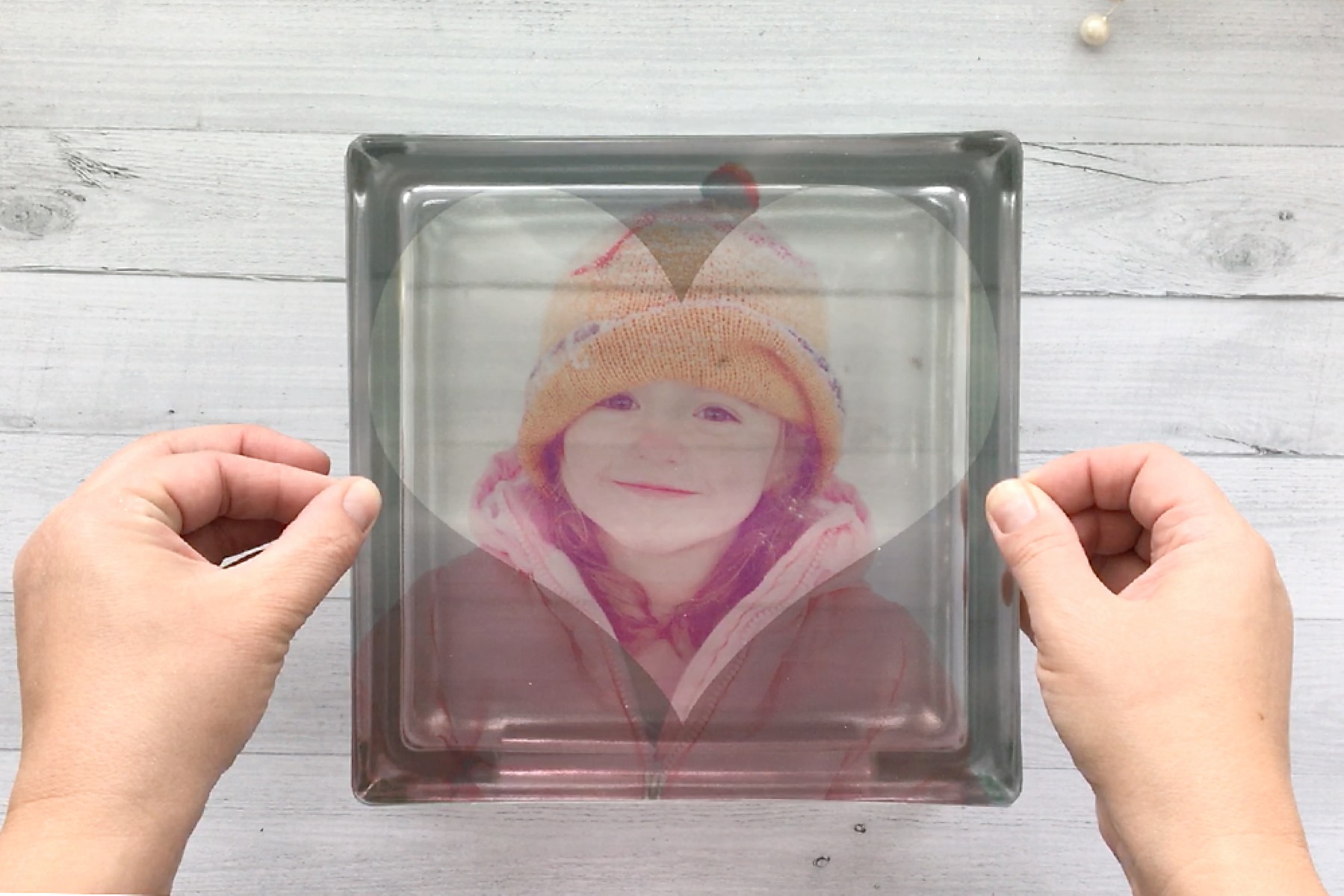
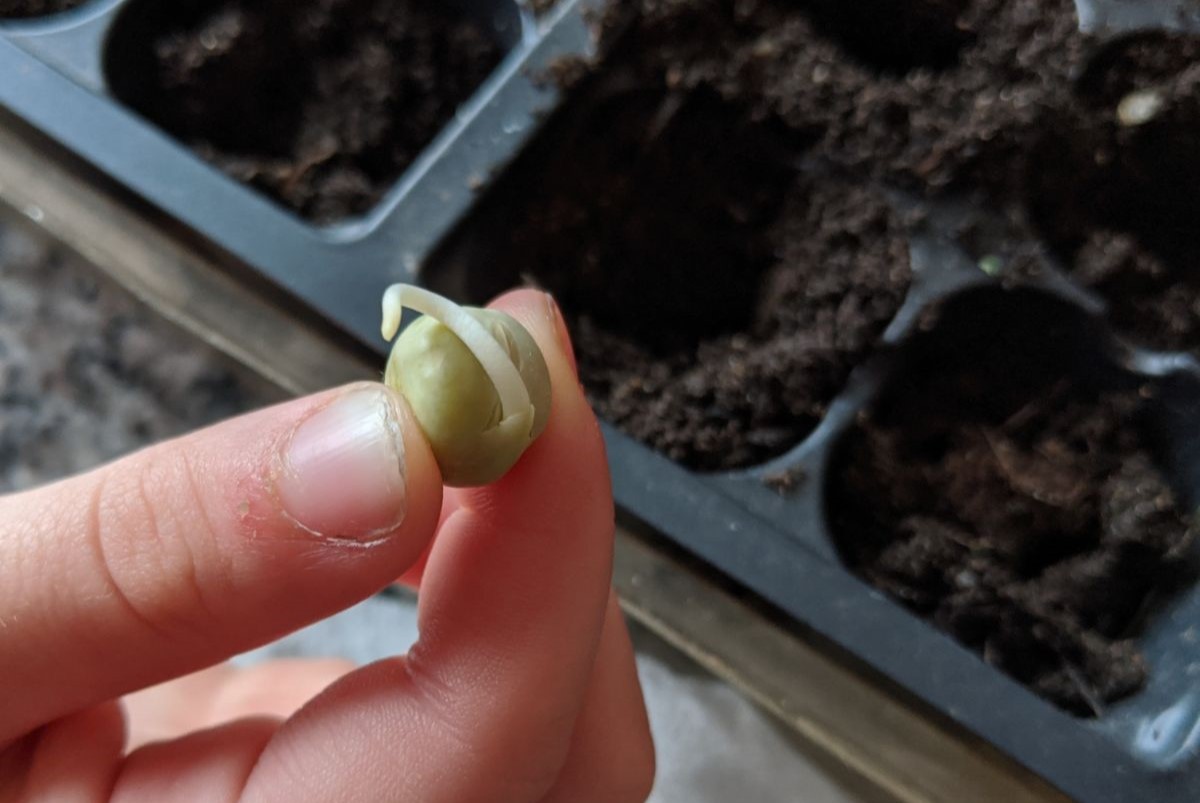
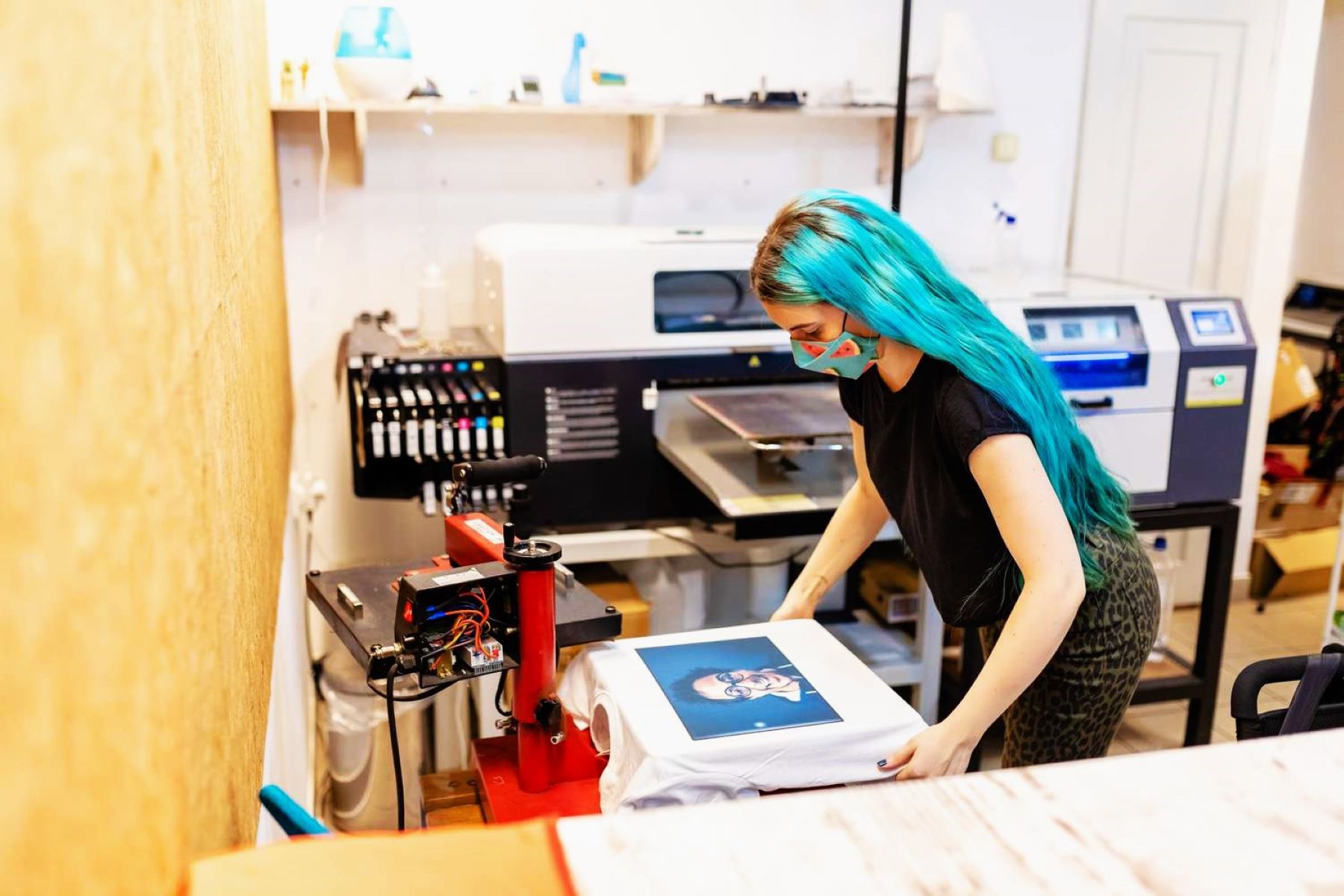
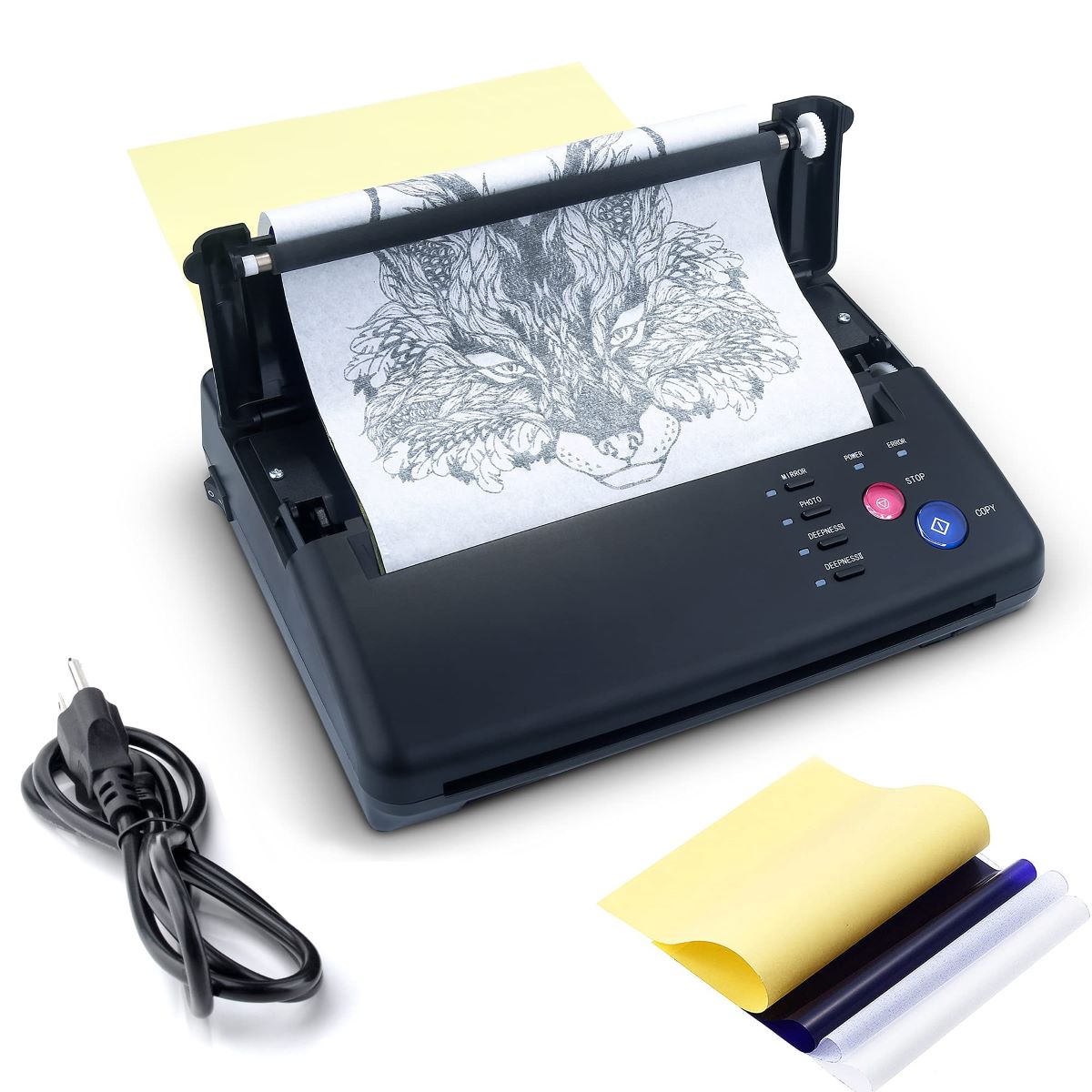



0 thoughts on “How To Store Screen Print Transfers”